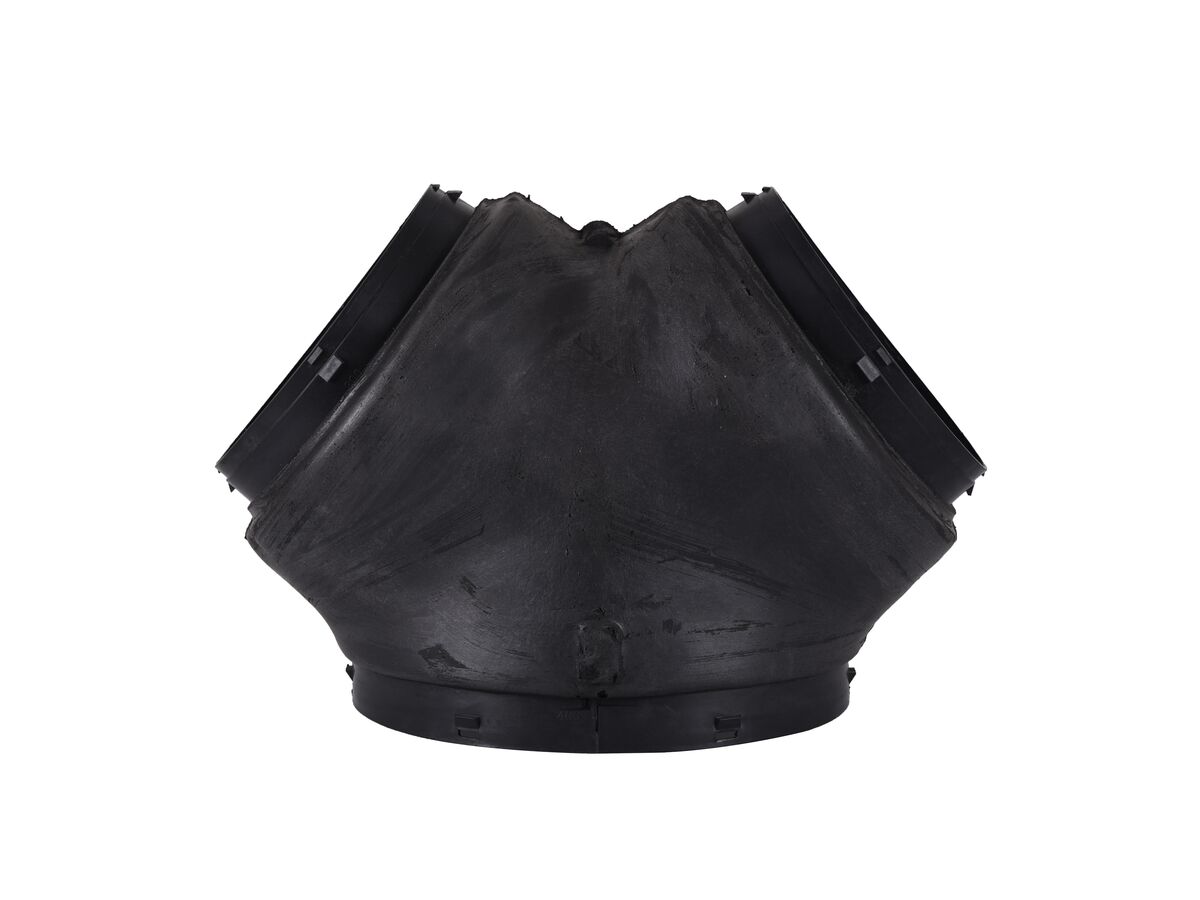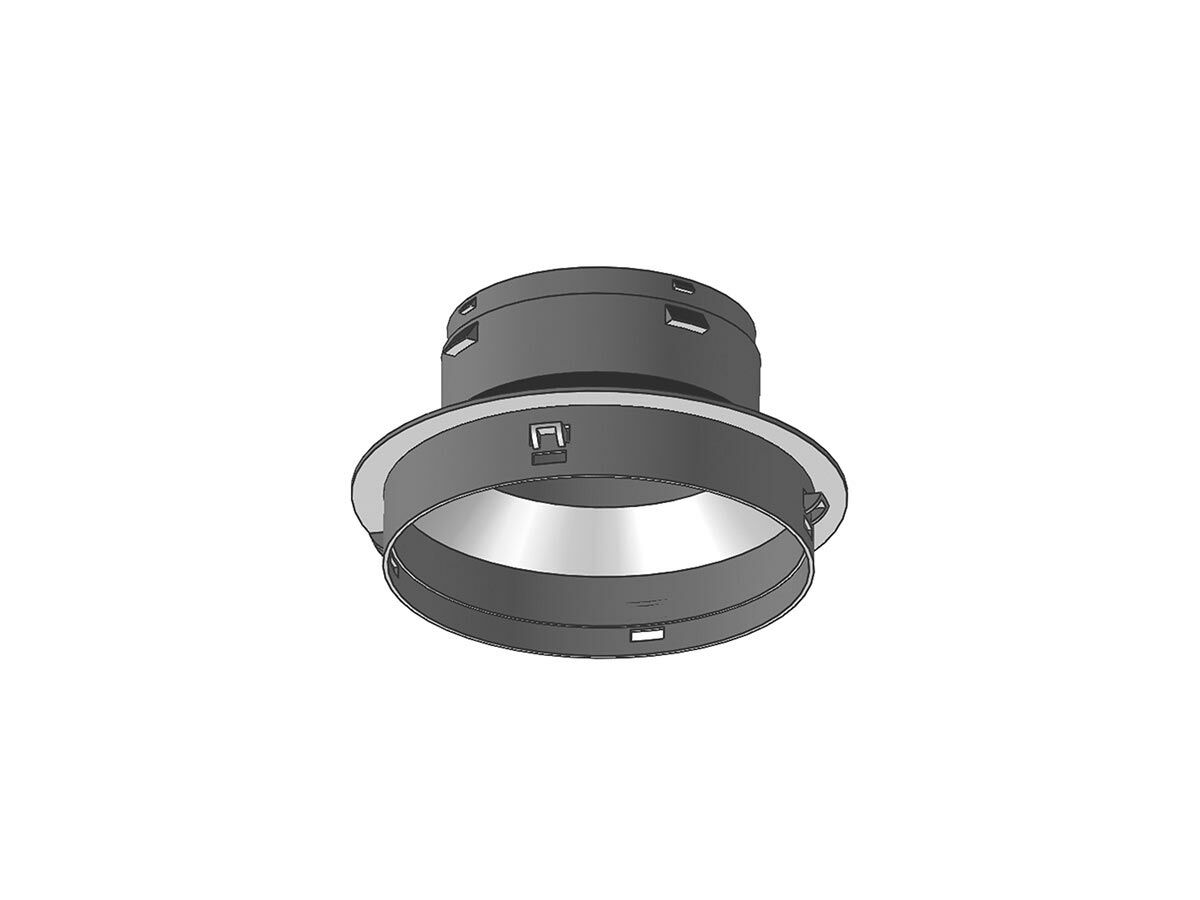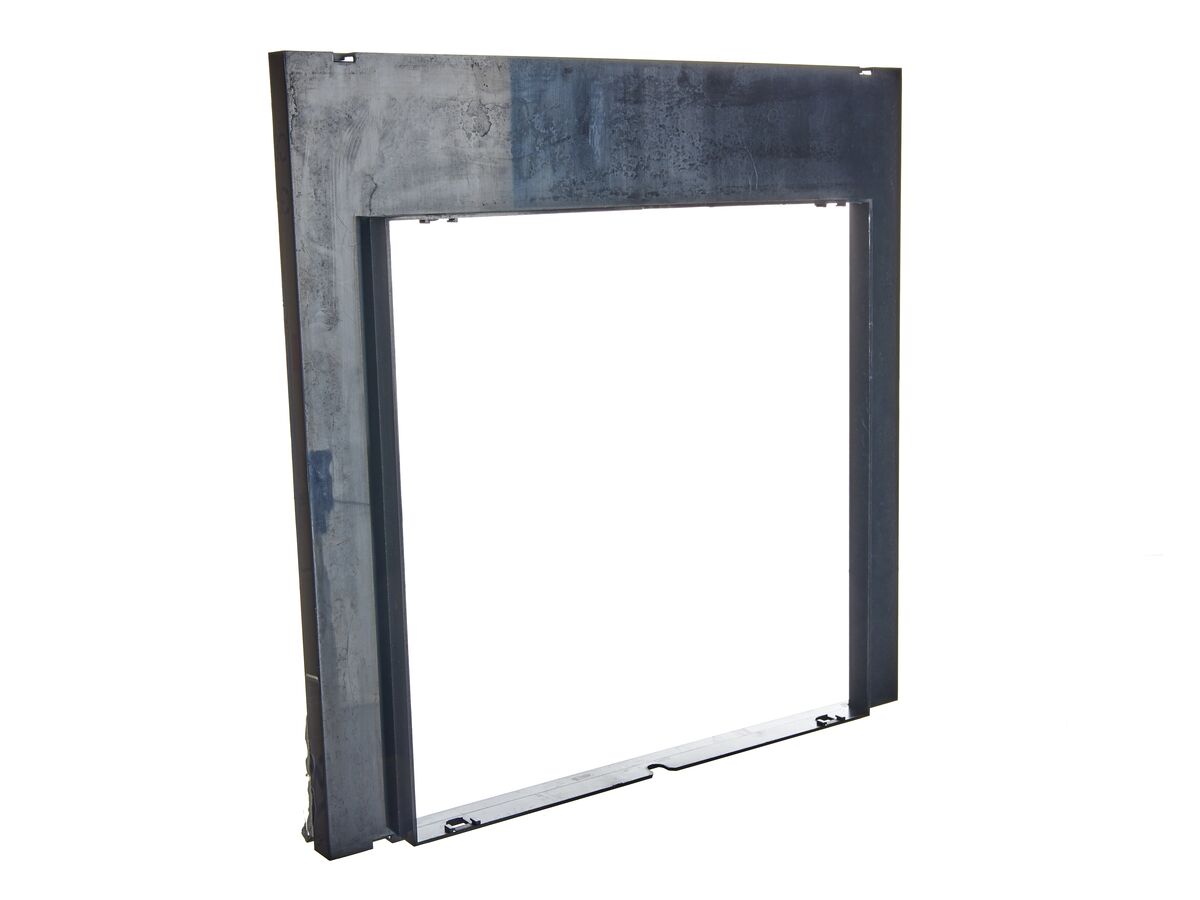Sometimes, life moves pretty fast, doesn't it? You see something wonderful, something fleeting, and you want to hold onto that exact feeling, that precise moment. A single picture might not quite catch it all, especially when things are in motion or changing quickly. This is where a helpful idea, often called multisnap, comes into play, offering a way to grab more of those brief, special instances. It’s about getting a sequence, a collection of images, rather than just one still shot, giving you a fuller picture of what happened.
Think about a child's first steps, a pet doing something funny, or even just a lovely cloud formation shifting in the sky. These are moments that, you know, really benefit from more than one view. A quick burst of pictures, one right after another, can help you pick out the best one later, or even put them together to tell a little story. It's about making sure you don't miss that perfect frame when things happen so fast, which is pretty neat, actually.
The whole point of multisnap is to make it simpler for you to get the shots you want, without needing to be a professional photographer or having to press the button again and again. It gives you a better chance to capture something truly memorable, allowing your device to do a bit more of the work for you. This means you can focus more on the moment itself, rather than worrying about getting just the right click, which, in some respects, is a real comfort.
- Halil Ibrahim Wife
- %D1%8D%D0%BD%D1%80%D0%B8%D0%BA%D0%B0 %D1%87%D0%B5%D0%BD%D0%B7%D0%B0%D1%82%D1%82%D0%B8
- Kaymbu Login
- Vicks Vaporub Expiry Period
- Bellik Prison Break
Table of Contents
- What is Multisnap?
- How does Multisnap change your picture taking?
- Why Consider Multisnap for Everyday Use?
- Is Multisnap just for quick photos?
- Getting Started with Multisnap
- What Devices Support Multisnap Features?
- Creative Ways to Use Multisnap
- Can Multisnap help with storytelling?
What is Multisnap?
So, what exactly are we talking about when we say multisnap? Well, it usually refers to a way of taking several pictures very quickly, one right after the other, with just a single action. Instead of pressing a button for each photo, you hold it down, and your device snaps a whole series. Think of it like a very short video that is made up of individual still pictures. This can be super handy for things that move or change in an instant, giving you a range of options to pick from. It's a way to be sure you catch the best part of a moving scene, or to have a few different angles of something that might not stay still for long, which, you know, happens a lot.
This idea is pretty common in many of the gadgets we use every day, especially phones and digital cameras. It's a feature that helps people who might not be experts at photography still get good results when faced with fast-moving subjects. The device does the rapid fire capturing, and you get to look through the collection later to find the one that truly stands out. It's a pretty straightforward concept, but it makes a big difference in how you approach getting certain kinds of pictures. It really simplifies things, actually, when you think about it.
The underlying idea is to give you more chances to get the shot you want. If a person is laughing, or a pet is jumping, you can capture the whole action in a sequence. Then, you can pick the photo where their expression is just right, or where they are perfectly in the air. It's a bit like having a time machine for your camera, allowing you to go back through those tiny moments to find the best one. This capability, in some respects, takes a lot of the pressure off trying to time your shot perfectly, which can be pretty stressful for some people.
How does Multisnap change your picture taking?
How does this multisnap idea really change the way you take pictures? Well, for one thing, it takes away a lot of the guesswork when you are trying to photograph something that is moving. You don't have to guess the exact second to press the button. Instead, you just keep the button held down, and the camera does its work, grabbing many images in a row. This means you have a much higher chance of getting a clear, well-timed picture of something that might otherwise be blurry or just missed entirely. It’s like having a little assistant helping you out, which is pretty cool.
It also makes picture taking a bit more relaxed, you know? You can focus more on the moment itself, enjoying what you are seeing, rather than being so worried about whether you pressed the shutter at just the right instant. When you use multisnap, you are creating a small collection of moments, and then you can go back and choose the one that truly captures the feeling or the action. This can be especially helpful for parents trying to get good pictures of their active children, or for anyone trying to document a quick event. It just gives you more options, which is always a good thing.
Furthermore, it opens up new ways to think about storytelling with your pictures. Instead of just one static image, you have a series that can show movement or a change over a very short period. You could even put these pictures together to make a short animation, or just arrange them in an album to show a sequence of events. It really does change your picture taking by giving you more material to work with, allowing you to tell a richer story with your images. It's a different way to look at how we document our lives, and it's quite a bit more flexible, too.
Why Consider Multisnap for Everyday Use?
So, why might you want to think about using multisnap in your daily picture taking? Honestly, it comes down to making things simpler and giving you a better chance at getting good results. We all have those moments where we try to snap a picture, and it just doesn't quite turn out right because something moved or changed. Multisnap helps fix that problem. It's a tool that helps you be more successful with your picture taking, even if you are just using your phone. It's about being prepared for those unexpected, quick moments that happen all the time, which, you know, makes a lot of sense.
Consider a situation where you are at a family gathering, and someone suddenly does something funny. If you just try to take one picture, you might miss the peak of the laughter or the funny expression. But with multisnap, you can just hold the button, and you'll get a series of pictures that show the whole moment unfolding. This means you are much more likely to get that one perfect shot that everyone will remember and smile about later. It’s a pretty easy way to improve your everyday pictures without really trying harder, which is quite appealing.
It also helps with those times when you are not quite sure what the best angle or moment will be. Maybe you are trying to get a picture of a pet playing, and they are moving all over the place. Instead of trying to time each individual click, you can just use multisnap and let the camera do its thing. You’ll have plenty of pictures to look through later, and you can pick the one that truly shows their personality or their funny antics. This approach, in a way, reduces the stress of trying to get the perfect shot, making the whole experience more enjoyable. It really does make a difference, you know.
Is Multisnap just for quick photos?
Is multisnap only for quick photos, or can it be used for other things too? While it certainly shines when you need to capture something moving fast, its usefulness extends beyond just speed. You could use it, for example, when you are trying to get a picture of someone who tends to blink a lot. By taking a series of pictures, you are much more likely to get one where their eyes are open and looking good. It’s about increasing your odds of success in various situations, not just those that involve rapid motion. So, it's pretty versatile, actually.
Think about taking pictures of a group of people. Someone always seems to be looking away, or making a strange face, or blinking. With multisnap, you can take a burst of pictures, and then you can go through them to find the one where everyone looks their best. It's a simple trick that can save you a lot of frustration and help you get those group shots that everyone will be happy with. This method, in some respects, is a little like insurance for your pictures, giving you a safety net for those tricky moments.
Also, it can be useful for artistic purposes. Maybe you want to show a slight shift in light over a very short period, or how a person's expression changes subtly. By using multisnap, you get those tiny increments of change, which can be put together to create something interesting. So, while it's fantastic for capturing fleeting moments, its uses are quite a bit broader than just that. It's a tool that can help you be more creative and get better results in many different picture-taking situations, which is really rather cool.
Getting Started with Multisnap
Getting started with multisnap is usually quite simple, as most modern devices have this capability built right in. You don't often need to download anything extra or go through a complicated setup process. For many phones, for instance, it's as easy as opening your camera application and then just holding down the button you usually press to take a single picture. Instead of one click, it will start taking a series of pictures very quickly, one after another. It's a feature that's pretty much ready to go right out of the box, which is very convenient.
Once you've taken a multisnap series, your device will typically group these pictures together in your photo gallery. You can then go into that group and pick out the best ones, or even save all of them if you like. Some devices might even suggest the "best" picture from the series for you, which can be a helpful starting point. It’s a very user-friendly way to get more out of your camera, allowing you to focus on the moment rather than fiddling with settings. This ease of use, you know, makes it accessible for just about anyone.
If you can't find the multisnap option right away, it might be called something slightly different, like "burst mode" or "continuous shooting" in your camera app's settings. A quick look at your device's instructions or a quick search online for your specific phone model will usually point you in the right direction. But generally, it's a feature that manufacturers want people to use, so they make it pretty easy to find and use. It really doesn't take much effort to get going with it, which is good news for everyone who wants to try it out.
What Devices Support Multisnap Features?
So, what devices actually support these multisnap features? The good news is that most modern smartphones, whether they run on Android or iOS, usually have some form of this capability built into their standard camera applications. It's become a pretty common feature because people really like being able to capture those quick moments. You'll find it on many different models, from the very newest ones to some that are a few years old. It’s a widely available tool, which is pretty useful for a lot of people, you know.
Beyond phones, many dedicated digital cameras, especially mirrorless and DSLR cameras, have very advanced versions of multisnap, often called "burst shooting" or "continuous high-speed" modes. These cameras can often take many more pictures per second than a phone, making them ideal for things like sports photography or wildlife pictures. So, whether you are using a simple point-and-shoot camera or a more professional piece of equipment, there is a good chance it will have some way to take a quick series of pictures. It's a pretty standard offering across various types of picture-taking gadgets.
Even some action cameras, like those often used for adventures or extreme sports, come with multisnap options. They are designed to capture fast-moving events, so having a way to take a rapid sequence of pictures is almost essential for them. It means that no matter what kind of device you are using to capture moments, you are very likely to find a multisnap feature that can help you get better results. This widespread availability, in some respects, shows just how helpful and desired this capability is for people who want to capture life as it happens, quickly and easily.
Creative Ways to Use Multisnap
Once you get comfortable with multisnap, you might find yourself thinking of all sorts of creative ways to put it to good use. It's not just for capturing a quick jump or a sudden smile. You could use it to create what looks like a short, silent movie of a simple action, like someone pouring coffee or a flower slowly opening. By taking a lot of pictures in a row and then looking at them one after another, you get a sense of movement and change that a single picture just can't give you. It’s a pretty neat way to see things, actually, and it encourages a different kind of observation.
Another interesting way to use multisnap is for self-portraits or group photos where you are trying to get a natural look. Instead of posing stiffly for one picture, you can set up your camera to take a burst, and then everyone can just interact naturally. You'll end up with a collection of candid moments, and you can pick the one that feels the most genuine and relaxed. This approach really helps you get away from those overly posed pictures, making your memories feel more real. It's a surprisingly effective method for capturing personality, you know.
You could also use it to document a quick process or a small change in a scene. For example, if you are baking, you could take a multisnap of an ingredient being added, or dough rising slightly. It helps you tell a more complete story of what you are doing, step by step, in a visual way. It's about breaking down a larger event into its smaller, quicker parts, which can be quite informative and engaging. This sort of technique, in a way, lets you create mini-documentaries with just your camera, which is pretty cool when you think about it.
Can Multisnap help with storytelling?
Can multisnap really help with storytelling? Absolutely, it can. When you have a series of pictures taken one after the other, you are not just looking at isolated moments; you are seeing a sequence. This sequence naturally suggests a beginning, a middle, and an end, even if it's just over a few seconds. Imagine a child blowing out birthday candles. A single picture might show them smiling, but a multisnap sequence can show the deep breath, the puff of air, and then the triumphant grin as the flames disappear. It tells a much richer story of that small event, which is pretty powerful.
This method allows you to show progression and movement, which are key parts of any story. If you are documenting a pet learning a new trick, for instance, a multisnap can capture the attempt, the little stumble, and then the success. It makes the viewer feel like they were there, watching it happen, rather than just seeing a static result. It gives a sense of time passing, even if it's just a fraction of a second, and that really adds depth to your visual narratives. It's a simple way to bring your pictures to life, you know.
Moreover, these sequences can be combined with words or other images to create even more detailed stories. You could pick out a few key frames from a multisnap to highlight different parts of an action, and then add captions to explain what's happening. It gives you a lot of material to work with, allowing you to craft narratives that are both visually interesting and informative. So, in many respects, multisnap is a fantastic tool for anyone who wants to tell stories with their pictures, making them more dynamic and engaging for anyone who sees them. It's a surprisingly versatile feature, too.
Related Resources:



Detail Author:
- Name : Cortez Kessler
- Username : beahan.aileen
- Email : schaden.olga@hotmail.com
- Birthdate : 1971-12-22
- Address : 791 Sanford Circle Apt. 628 Lake Elton, WI 87135
- Phone : +1 (317) 659-8724
- Company : Bahringer-Harris
- Job : Economics Teacher
- Bio : Sequi quam omnis optio suscipit tempora voluptas. Dolores voluptate molestiae sit repellendus officia. Ullam earum qui eius.
Socials
tiktok:
- url : https://tiktok.com/@ekuhic
- username : ekuhic
- bio : Tenetur explicabo qui beatae debitis at omnis consequatur aliquam.
- followers : 5695
- following : 2522
facebook:
- url : https://facebook.com/efrain.kuhic
- username : efrain.kuhic
- bio : Vitae inventore nisi quia mollitia. Minus non quo est nulla dignissimos.
- followers : 5944
- following : 618
instagram:
- url : https://instagram.com/efrain.kuhic
- username : efrain.kuhic
- bio : Voluptatem quia eius facilis. Autem qui ex officiis consequatur. Et dolor dolor quia odit id.
- followers : 1628
- following : 689
linkedin:
- url : https://linkedin.com/in/efrain_xx
- username : efrain_xx
- bio : Autem et excepturi hic est repellat.
- followers : 6025
- following : 478